
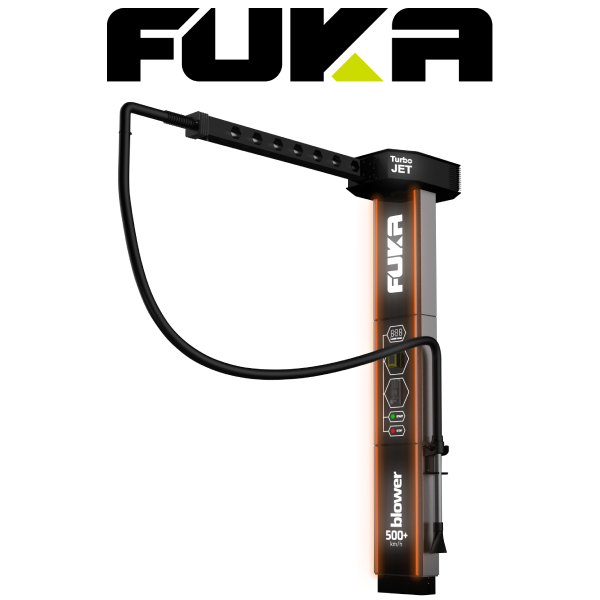

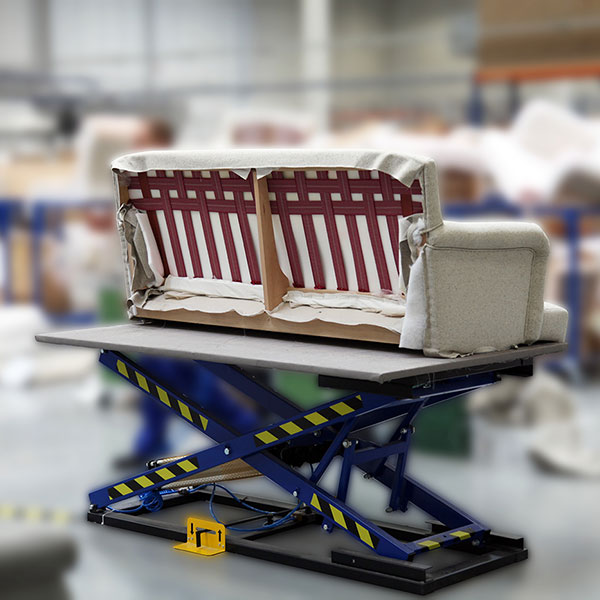
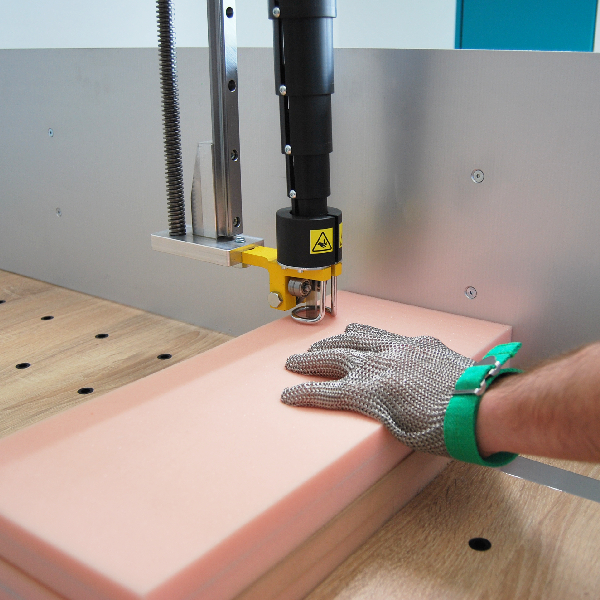
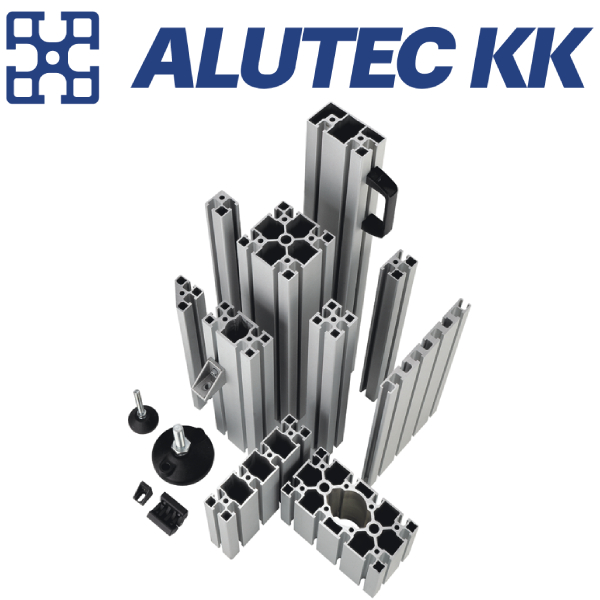
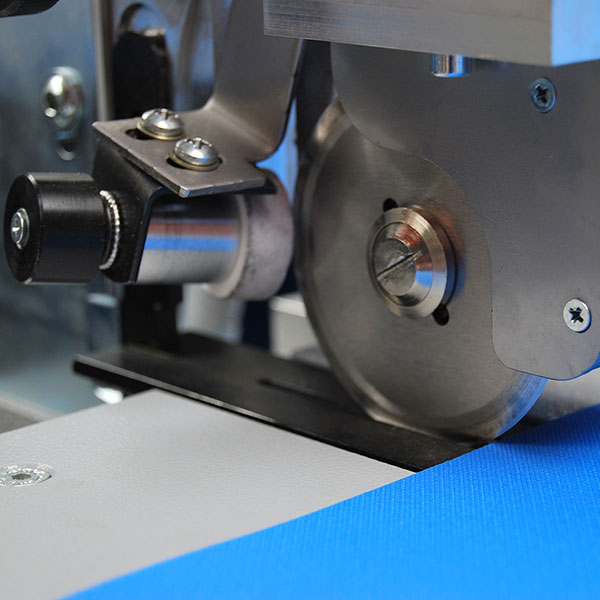
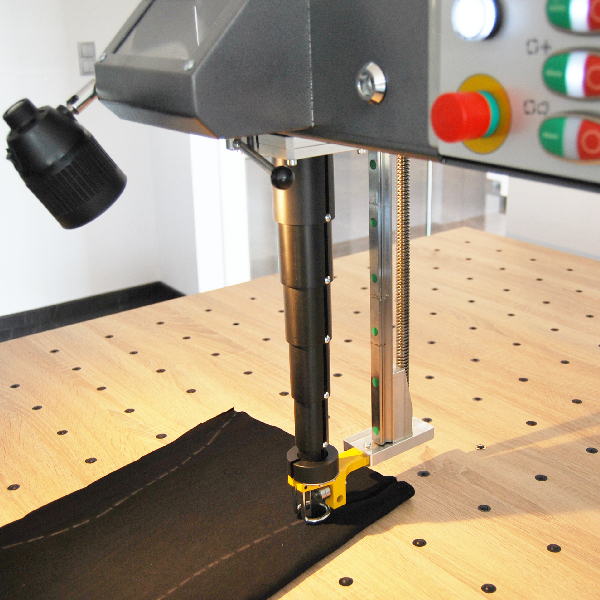
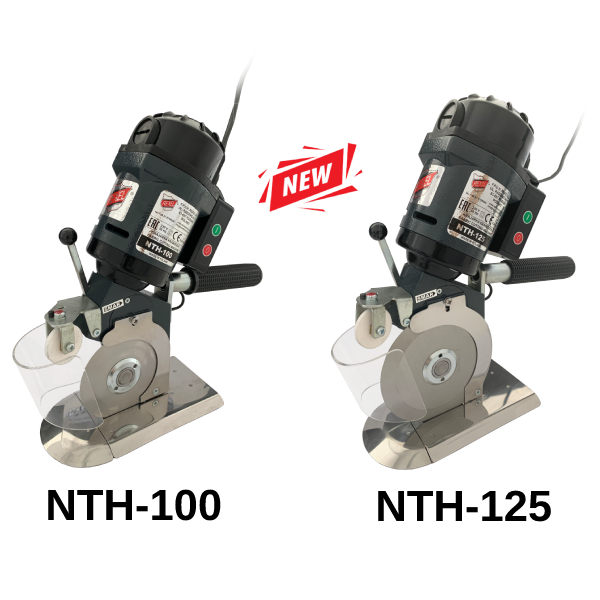
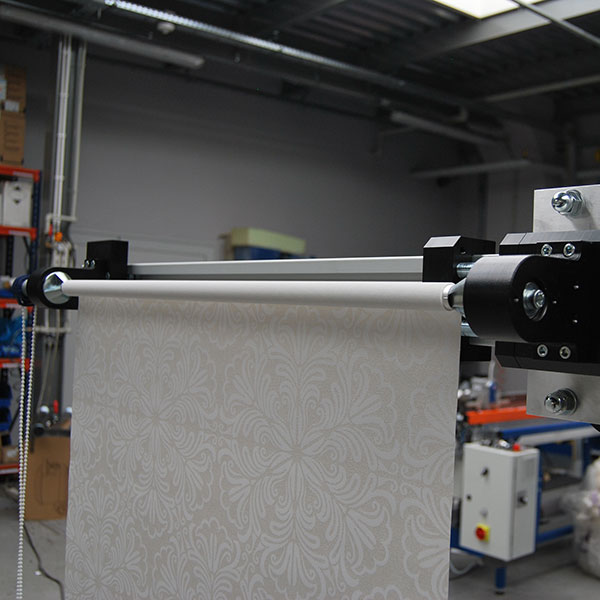
The Ultrasonic Manual Cutter TTS-400 uses high-frequency vibrations to cut synthetic materials, generating localized heat at the cutting edge. This heat causes the fibers at the cut edge to melt and fuse together instantly. The fusion of fibers prevents fraying by sealing the edges of the material. The process ensures a clean, precise cut, reducing mechanical stress on the material. This manual cutter for textiles and its ultrasonic technology, assures cutting-edge accuracy and efficiency.
Ultrasonic cutting uses high-frequency vibrations for the precise cutting of materials. When it comes to textiles, this particular technology uses various benefits compared to conventional techniques. The TTS-400 uses ultrasonic form neat, sealed edges even on the most delicate fabrics. This further prevents unravelling, fraying, and distortion. Synthetic materials such as thermoplastics and non-woven fabrics are often better cut using an ultrasonic knife. These materials have properties that make them suitable for ultrasonic cutting techniques. For example, thermoplastics soften when heated and can be easily cut with the vibration produced by the ultrasonic knife, resulting in clean and precise cuts. Non-woven fabrics, commonly used in industries like automotive and filtration, also benefit from ultrasonic cutting as it provides sealed edges and prevents fraying, enhancing the quality of the final product. Overall, ultrasonic knife TTS-400 is particularly effective for cutting synthetic materials that require precision, clean edges, and minimal deformation.
Due to its adaptability to a wide range of requirements and applications, the TTS-400 is a mainstay in many different sectors.
Also Read: Streamline Your Cutting Process with the SK-3 Cutting Room Table
Features
The TTS-400 is the epitome of skillful and innovative construction. It’s all clear through its following advanced features:
Designed to keep convenience and comfort in mind, the TTS-400 comes with an ergonomic handle. This handle helps in reducing discomfort and strain even when used for a long duration. It is robust yet lightweight design makes it easier to wield while enabling users to make precise cuts with minimal effort.
Since constant operation is vital in production settings, a machine is likely to overheat with time. The TTS-400 can come with an integrated cooling system, which prevents overheating. This is especially important for cutting double stitch fabric. This ensures continuous operation, which enables users to continue at their existing production levels without any delays or interruptions. The cooling system is important for continuous operation. Compressed air supply is needed.
TTS-400 consists of a ultrasonic generator. The generator (1) is responsible for producing ultrasonic waves. It has power indicator (2) that shows the current power output from the machine. The power output is adjusted automatically, depending on material thickness. Main cutting unit is connected to the generator using 10 m table. Main cutting unit consists of a foot and housing (3) that holds the converter (4) with sonotrode (5). The converter in an ultrasonic knife transforms electrical energy into high-frequency mechanical vibrations, typically in the range of 20 to 40 kHz. These vibrations are transmitted through a sonotrode (horn) to focus and amplify them onto the cutting tool, facilitating cleaner and more precise cuts by causing localized heating and softening of the material at the cutting point (point between the tip of the sonotrode and contrast element (6)). Efficient converters allow for control over vibrational characteristics, optimizing cutting performance and minimizing energy loss. The button (7) on the handle activates the sonotrode. The knife then is pushed by hand to perform the cutting.
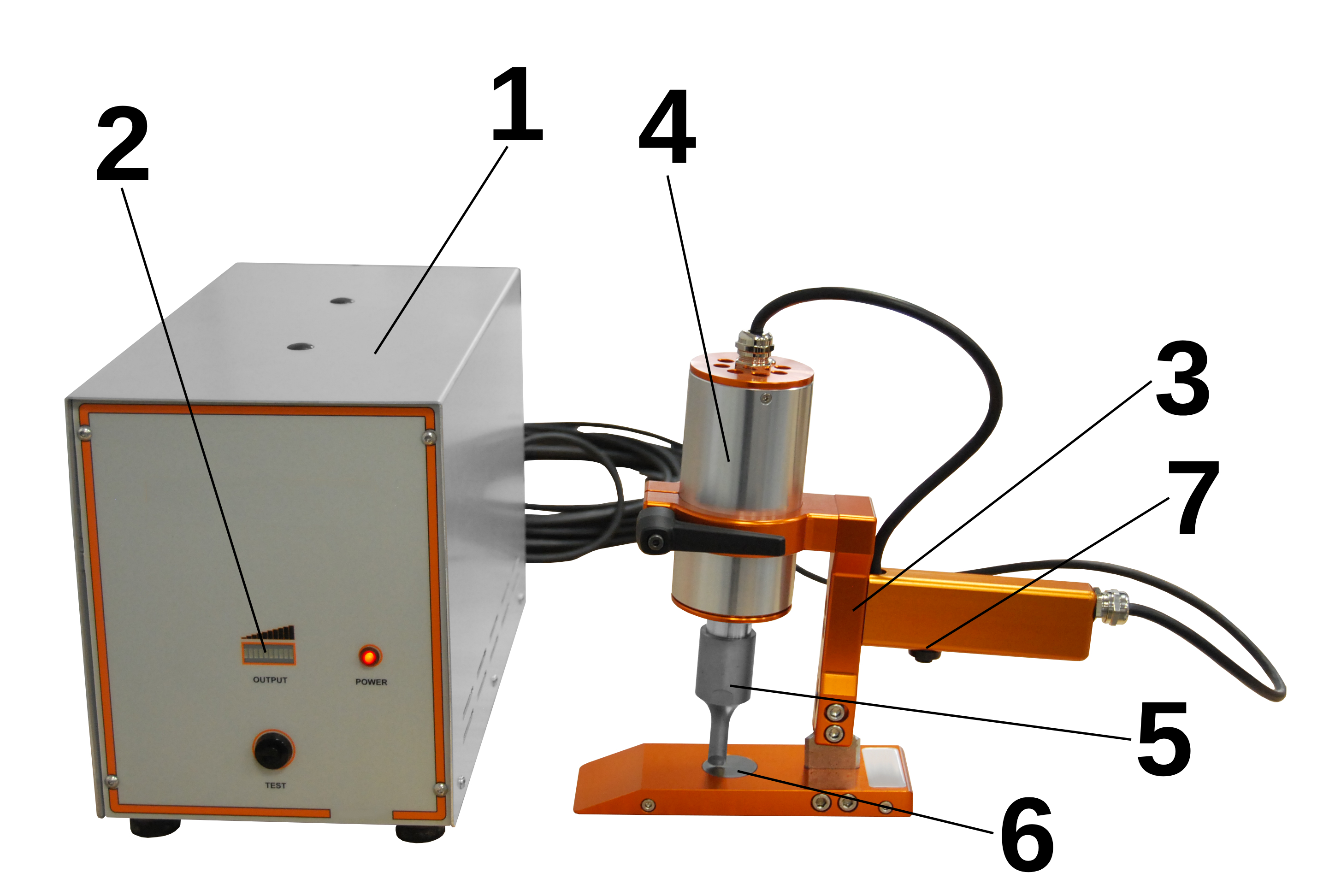
Conclusion
For the textile sector, the Ultrasonic Manual Cutter TTS-400 is a game-changer, not merely a cutting instrument. This cutting-edge device redefines precision cutting by utilising ultrasonic technology to deliver unparalleled accuracy, adaptability, and efficiency. With the TTS-400, you can unleash your creativity and achieve new heights for your textile projects, regardless of your level of experience as a professional or your level of passion as a hobby. With the TTS-400, bid adieu to inaccurate cuts and hello to state-of-the-art comfort.
You Can Also Read: How does an upholstery factory work?
REXEL SP. Z O.O.
ul. Radziwoja 11,
61-057 Poznań, Polska
М. +48 697 530 240
Т: +48 61 876 89 46
E: info@rexelpoland.com
On our website, we use cookies to provide you with services at the highest level, in a manner tailored to individual needs. Using the site without changing the settings for cookies means that they will be placed on your end device (browser).
To learn more about this topic, click here>

